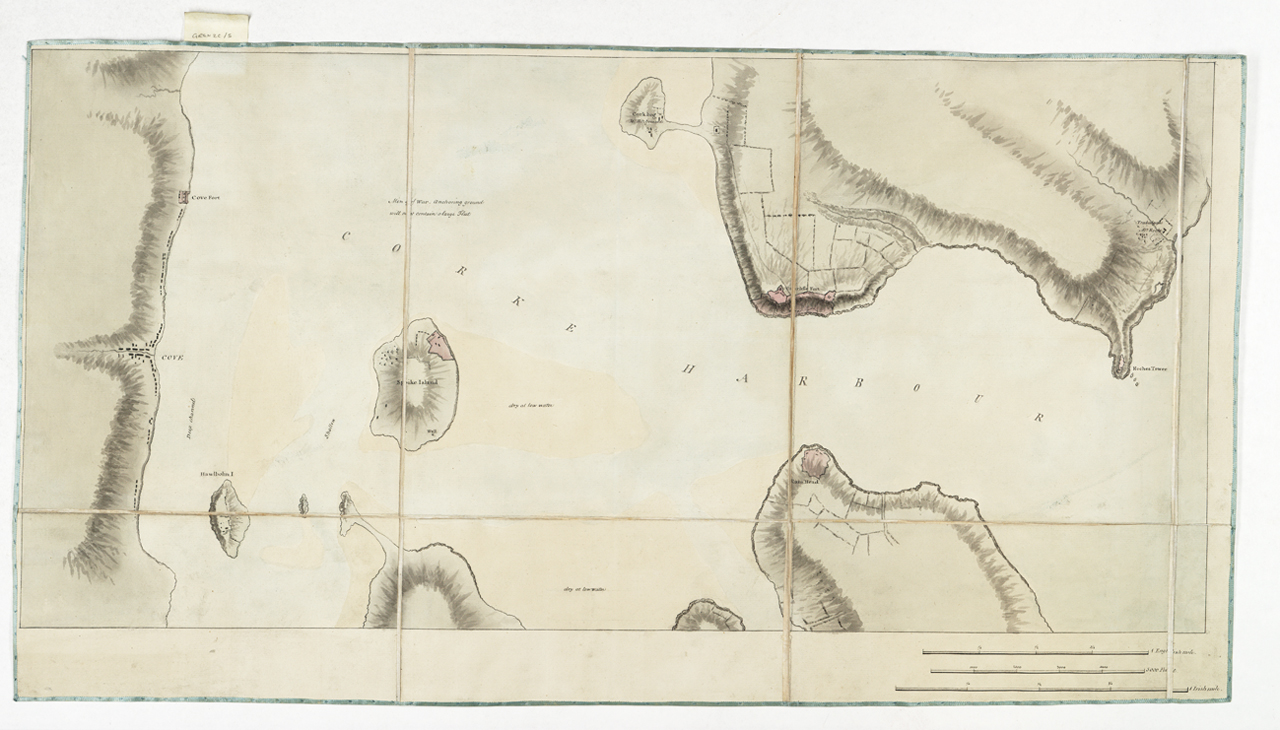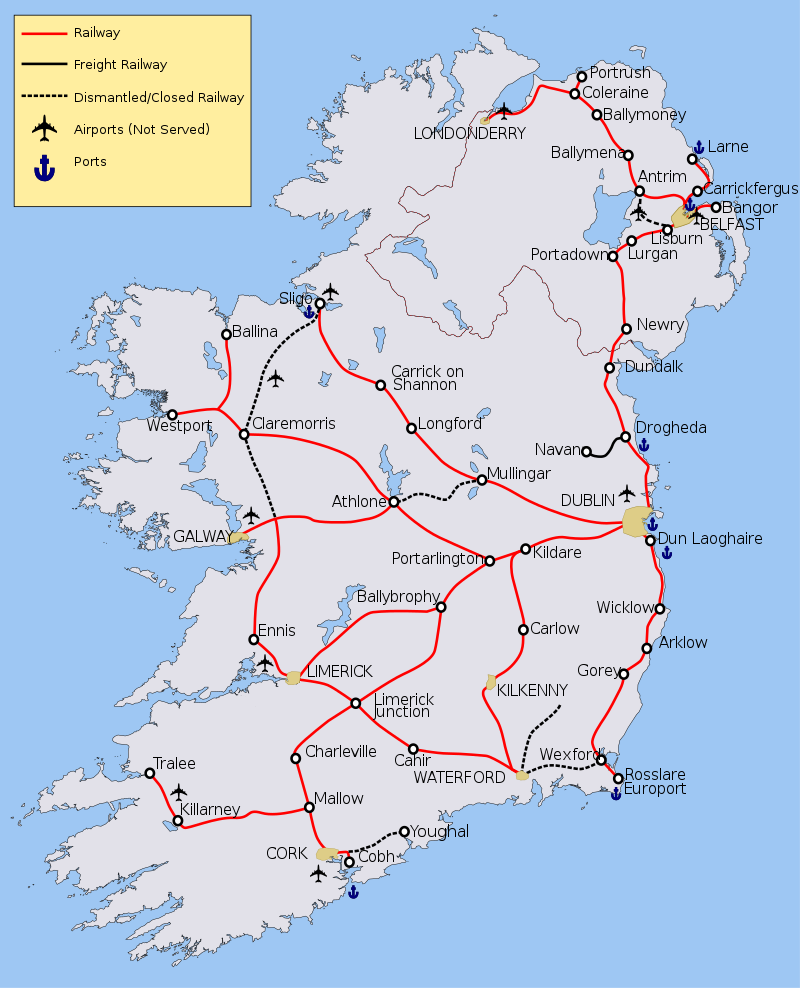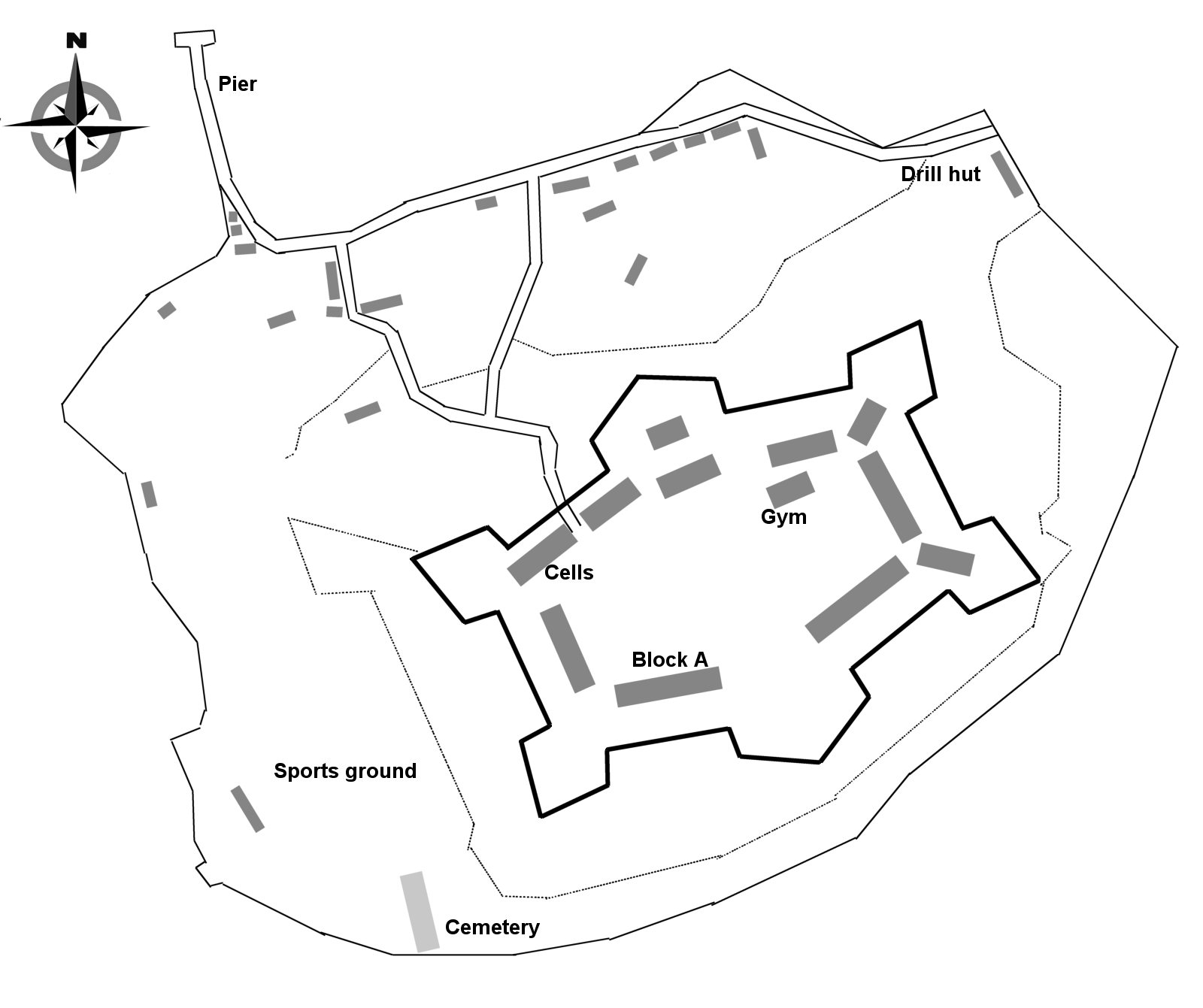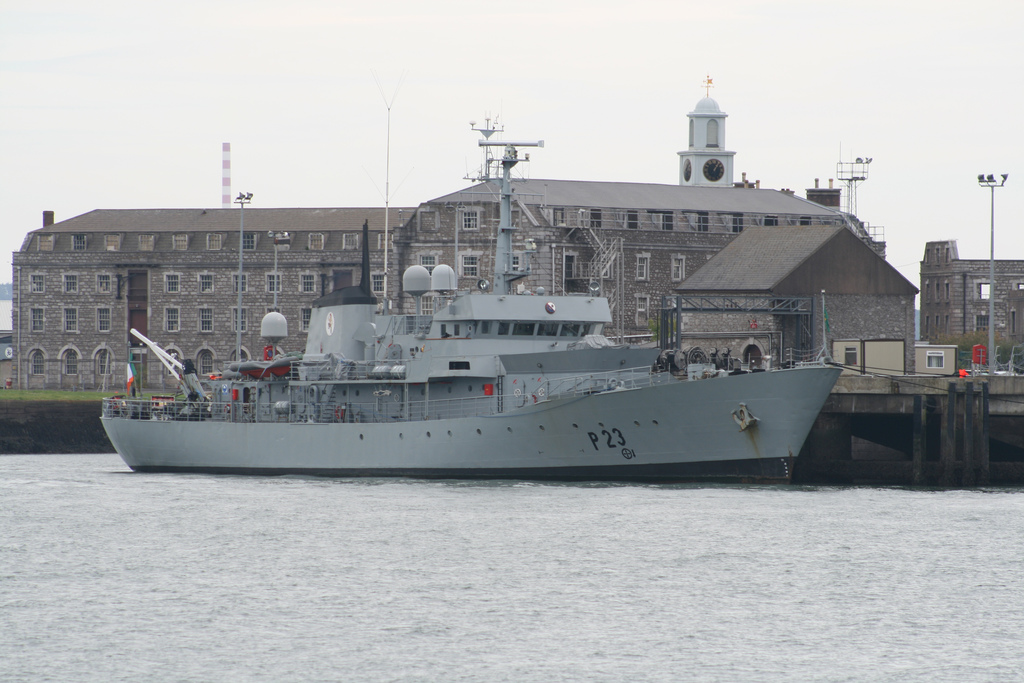|
Great Island
Great Island () is an island in Cork Harbour, at the mouth of the River Lee and close to the city of Cork, Ireland. The largest town on the island is Cobh (called Queenstown from 1849 to 1920). The island's economic and social history has historically been linked to the naval, ship-building, and shipping activities in the town's environs. In the early 21st century, a different marine industry has arisen. Tourism and related services have become a significant part of the local economy, including cruise ships attracted by the Port of Cork berthing facilities on the island. This is the only dedicated cruising ship berth in the Republic of Ireland. The island has an area of , making it Ireland's second-largest after Achill Island, Achill. History The ancient name of the island was ''Ard-Neimheadh'', the "High (or important) island of Neimheadh". According to the 11th-century work Lebor Gabála Érenn, Nemed, Neimheadh was the leader of a group who invaded the area in Prehistori ... [...More Info...] [...Related Items...] OR: [Wikipedia] [Google] [Baidu] |
Cork Harbour
Cork Harbour () is a natural harbour and river estuary at the mouth of the River Lee (Ireland), River Lee in County Cork, Ireland. It is one of several which lay claim to the title of "second largest natural harbour in the world by navigational area" (after Port Jackson, Sydney). Other contenders include Halifax Harbour in Canada, Trincomalee Harbour in Sri Lanka and Poole Harbour in England. The harbour has been a working port and a strategic defensive hub for centuries, and it has been one of Ireland's major employment hubs since the early 1900s. Traditional heavy industries have waned since the late 20th century, with the likes of the closure of Irish Steel in Haulbowline and shipbuilding at Verolme Cork Dockyard, Verolme. It still has strategic significance in energy generation, shipping, refining and pharmaceuticals development. Geography The main tributary to the harbour is the River Lee which, after flowing through Cork (city), Cork city, passes through the upper harbour ... [...More Info...] [...Related Items...] OR: [Wikipedia] [Google] [Baidu] |
Anglo-Normans
The Anglo-Normans (, ) were the medieval ruling class in the Kingdom of England following the Norman Conquest. They were primarily a combination of Normans, Bretons, Flemings, French people, Frenchmen, Anglo-Saxons and Celtic Britons. After the conquest the victorious Normans formed a ruling class in England, distinct from (although intermarrying with) the native Anglo-Saxon and Celtic populations. Over time, their language evolved from the continental Old Norman to the distinct Anglo-Norman language. Anglo-Normans quickly established control over all of England, as well as Norman invasion of Wales, parts of Wales (the Cambro-Normans, Welsh-Normans). After 1130, parts of southern and eastern Scotland came under Anglo-Norman rule (the Scoto-Norman, Scots-Normans), in return for their support of David I of Scotland#Government and feudalism, David I's conquest. The Anglo-Norman invasion of Ireland from 1169 saw Anglo-Normans and Cambro-Normans conquer swaths of Ireland, becomi ... [...More Info...] [...Related Items...] OR: [Wikipedia] [Google] [Baidu] |
Rail Transport In Ireland
Rail transport in Ireland (InterCity, commuter and freight) is provided by Iarnród Éireann in the Republic of Ireland and by Northern Ireland Railways in Northern Ireland. Most routes in the Republic radiate from Dublin. Northern Ireland has suburban routes from Belfast and two main InterCity lines, to Derry and cross-Irish border, border to Dublin. The accompanying map of the current railway network shows lines that are fully operational (in red), carrying freight only traffic (in black) and with dotted black lines those which have been "mothballed" (i.e. closed to traffic but potentially easy to re-open). Some airports are indicated but none are rail-connected, although Kerry Airport and Belfast City Airport are within walking distance of a railway station. Both the City of Derry Airport and Belfast International Airport, Belfast International (Aldergrove) are near railway lines but not connected. Ports are marked, although few remain rail-connected. Dublin Port, Larne Har ... [...More Info...] [...Related Items...] OR: [Wikipedia] [Google] [Baidu] |
Belvelly
Belvelly () is a small village on the northern end of the Great Island of Cork Harbour, about four miles north of the town of Cobh, County Cork, Ireland. Belvelly is situated at the shortest crossing point between Great Island and the neighbouring Fota Island. Belvelly Bridge (built in 1803) connects Great Island to Fota Island, which is in turn connected to the mainland near Carrigtwohill. The village has a number of historic buildings; Belvelly Castle, Belvelly Martello Tower Martello towers are small defensive forts that were built across the British Empire during the 19th century, from the time of the French Revolutionary Wars onwards. Most were coastal forts. They stand up to high (with two floors) and typica ... and a nineteenth century red-brick school house. The castle was built by the Hodnett family around the 15th century to the annoyance of the more powerful de Barry family, who later seized the castle. The three primary buildings at Belvelly have now been ... [...More Info...] [...Related Items...] OR: [Wikipedia] [Google] [Baidu] |
Fota Island
Fota (statutory spelling Foaty; ) is an island in Cork Harbour, County Cork, Ireland, just north of the larger island of Great Island. It is the home of Fota Wildlife Park—the only such zoo or animal park (besides Dublin Zoo) in the country—, the historical Fota House and Gardens, and the Fota Island Golf Club and Resort. The island comprises two townlands, both called Foaty; one is located in the civil parishes in Ireland, civil parish of Clonmel (the western half of Great Island) and the other in Carrigtohill civil parish (on the mainland). Name Although ''Foaty'' is the spelling fixed in the nineteenth century by the Ordnance Survey of Ireland, ''Fota'' is now more common. The origin of the name is uncertain. It may be of Hiberno-Norse origin, with second element Old Norse "island"; Donnchadh Ó Corráin suggests "foot island", from its position at the mouth of the River Lee down from Cork (city), Cork city; some medieval references have an ''-r-'' in the name. Ó Corrá ... [...More Info...] [...Related Items...] OR: [Wikipedia] [Google] [Baidu] |
Civil Parishes In Ireland
Civil parishes () are units of territory in the island of Ireland that have their origins in old Gaelic territorial divisions. They were adopted by the Anglo-Norman Lordship of Ireland and then by the Elizabethan Kingdom of Ireland, and were formalised as land divisions at the time of the Plantations of Ireland. They no longer correspond to the boundaries of Roman Catholic or Church of Ireland parishes, which are generally larger. Their use as administrative units was gradually replaced by Poor_law_union#Ireland, Poor Law Divisions in the 19th century, although they were not formally abolished. Today they are still sometimes used for legal purposes, such as to locate property in deeds of property registered between 1833 and 1946. Origins The Irish parish was based on the Gaelic territorial unit called a ''túath'' or ''Trícha cét''. Following the Norman invasion of Ireland, the Anglo-Normans, Anglo-Norman barons retained the ''tuath'', later renamed a parish or manor, as a un ... [...More Info...] [...Related Items...] OR: [Wikipedia] [Google] [Baidu] |
Cork Harbour (ca
Cork Harbour () is a natural harbour and river estuary at the mouth of the River Lee in County Cork, Ireland. It is one of several which lay claim to the title of "second largest natural harbour in the world by navigational area" (after Port Jackson, Sydney). Other contenders include Halifax Harbour in Canada, Trincomalee Harbour in Sri Lanka and Poole Harbour in England. The harbour has been a working port and a strategic defensive hub for centuries, and it has been one of Ireland's major employment hubs since the early 1900s. Traditional heavy industries have waned since the late 20th century, with the likes of the closure of Irish Steel in Haulbowline and shipbuilding at Verolme. It still has strategic significance in energy generation, shipping, refining and pharmaceuticals development. Geography The main tributary to the harbour is the River Lee which, after flowing through Cork city, passes through the upper harbour (Lough Mahon) in the northwest before passing to the we ... [...More Info...] [...Related Items...] OR: [Wikipedia] [Google] [Baidu] |
Martello Tower
Martello towers are small defensive forts that were built across the British Empire during the 19th century, from the time of the French Revolutionary Wars onwards. Most were coastal forts. They stand up to high (with two floors) and typically had a garrison of one officer and 15–25 men. Their round structure and thick walls of solid masonry made them resistant to cannon fire, while their height made them an ideal platform for a single heavy artillery piece, mounted on the flat roof and able to traverse, and hence fire, over a complete 360° circle. A few towers had moats or other batteries and works attached for extra defence. The Martello towers were used during the first half of the 19th century, but became obsolete with the introduction of powerful rifled artillery. Many have survived to the present day, often preserved as historic monuments. Origins Martello towers were inspired by a round fortress, part of a larger Genoese defence system, at Mortella (Myrtle) ... [...More Info...] [...Related Items...] OR: [Wikipedia] [Google] [Baidu] |
Cove Fort, County Cork
Cove Fort is a small Bastion fort, bastioned land battery to the east of Cobh in County Cork, Ireland. Built as a Coastal defence and fortification, coastal defence fortification in 1743, on instruction of the then Vice-Admiral of the Coast, it replaced a number of temporary coastal artillery batteries which defended Cork Harbour. The seaward fortifications included a demi-bastioned frontage with three tiers of gun emplacements commanding the harbour's main Nautical channel, shipping channel and defending the naval yards at Haulbowline. While the landward walls included musketry flanking-galleries, later 18th century reports criticised the fact that the fort was overlooked by higher ground to the rear and that planned landward bastion defences had not been built. A 1763 report recorded the fort as having a number of 24-pounder long guns, and a later survey by Charles Vallancey records a small detachment of Royal Irish Artillery at the site. By 1811 there were 20 or more 24-pounder ... [...More Info...] [...Related Items...] OR: [Wikipedia] [Google] [Baidu] |
Coastal Defence And Fortification
300px, Cartagena_de_Indias.html" ;"title="Castillo San Felipe de Barajas in Cartagena de Indias">Castillo San Felipe de Barajas in Cartagena de Indias, Colombia Coastal defence (or defense) and coastal fortification are measures taken to provide protection against military attack at or near a coastline (or other shoreline), for example, fortifications and coastal artillery. Because an invading enemy normally requires a port or harbour to sustain operations, such defences are usually concentrated around such facilities, or places where such facilities could be constructed. Coastal artillery fortifications generally followed the development of land fortifications, usually incorporating land defences; sometimes separate land defence forts were built to protect coastal forts. Through the middle 19th century, coastal forts could be bastion forts, star forts, polygonal forts, or sea forts, the first three types often with detached gun batteries called "water batteries". Coastal d ... [...More Info...] [...Related Items...] OR: [Wikipedia] [Google] [Baidu] |
Spike Island, County Cork
Spike Island () is an island of in Cork Harbour, Republic of Ireland, Ireland. Originally the site of a monastic settlement, the island is dominated by an 18th-century bastion fort now named Fort Mitchel. The island's strategic location within the harbour meant it was used at times for defence and as a prison. Since the early 21st century the island has been developed as a heritage tourist attraction, with €5.5 million investment in exhibition and visitor spaces and accompanying tourism marketing. There were in excess of 81,000 visitors to the island during 2019, a 21% increase on 2018 numbers. Spike Island was named top European tourist attraction at the 2017 World Travel Awards. History Early history The principal evidence for a monastic foundation on Spike Island comes from Archdall's ''Monasticon Hibernicum'', which states that Saint Mo Chutu of Lismore, Mochuda founded a monastery there in the 7th century. A grant to Saint Thomas's Abbey in Dublin in 1178 of the C ... [...More Info...] [...Related Items...] OR: [Wikipedia] [Google] [Baidu] |
Haulbowline
Haulbowline (; ) is an island in Cork Harbour off the coast of Ireland. The world's first yacht club was founded on Haulbowline in 1720. The western side of the island is the main naval base and headquarters for the Irish Naval Service, with the eastern side previously used for heavy industry and later redeveloped as a park. Since 1966, the island has been connected to the mainland by a roadbridge. Etymology The island's name may derive from Old Norse ''ál-boling'' or similar = "eel dwelling" ("area where there are conger eels"). The 17th and 18th-century spellings end in "-ing"; there may have been nautical influence on the spelling later. The Irish language name for the island, ''Inis Sionnach'', translates to "island of the foxes". Demographics Naval history At a strategic and deepwater position in the harbour, the island has long been a military base. The island was first fortified in 1602, and initially an important base for the British Army. In 1603 the Cork city f ... [...More Info...] [...Related Items...] OR: [Wikipedia] [Google] [Baidu] |








